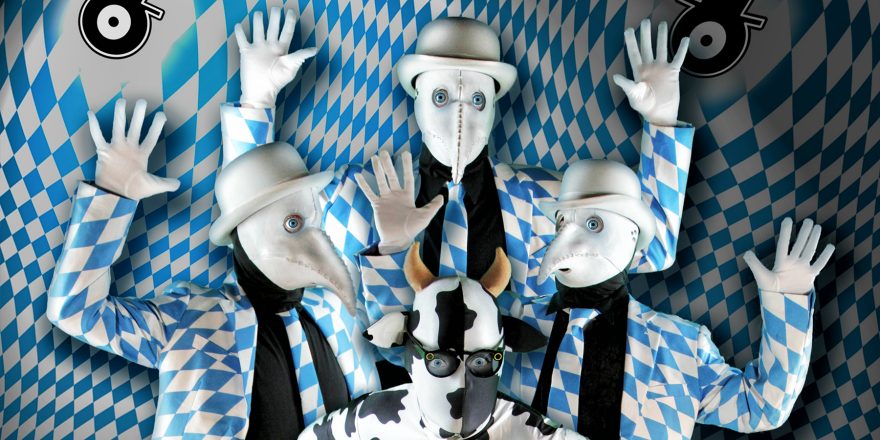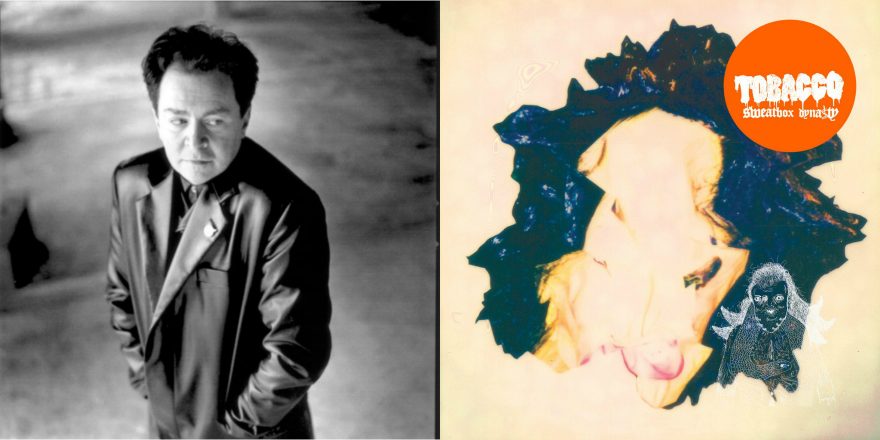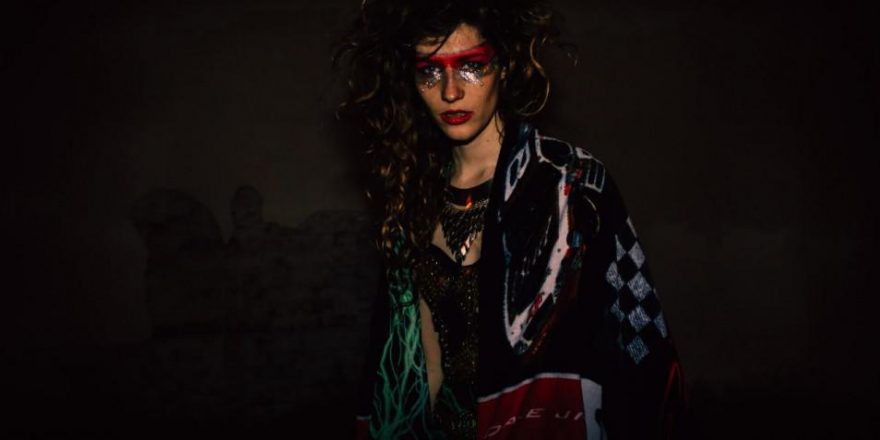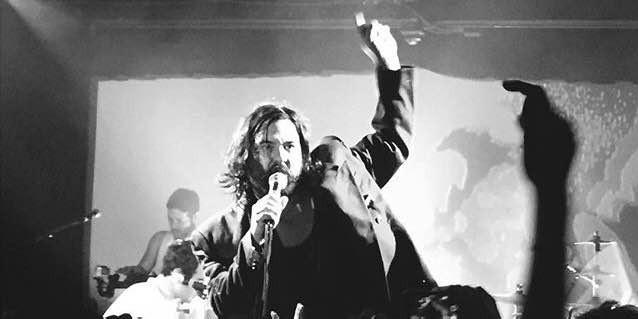I have lived most of my adult life as a face among the fuzzy, a dot defined by its proximity to the willfully obscure nonentities known as the Residents. It is, in many ways, a unique position, but, in a culture obsessed by celebrity, infatuated by fame and driven by empty information, who dares to embrace oblivion — and why?
In 1971, when the then completely unknown group decided to formalize their loose affiliation by becoming a “band,” they were instinctively repelled by the detachment and lack of privacy that success would undoubtedly bring. But how could an ambitious and creative group of artists become successful while somehow avoiding the seamier side of fame? Of course, for the Residents, the answer was anonymity, the creation of a stylized blanket identity allowing personal lives to hopefully thrive beneath its faceless facade. It was the single masterstroke that continues to define the group almost fifty years later.
But…what about contracts, promotion, marketing and SONGWRITING ROYALTIES? Record companies don’t give advances to nameless nonentities, Rolling Stone doesn’t interview the unknown and BMI definitely doesn’t write checks to blank ciphers. Consequently, I entered the picture. Other than my connection to the faceless four, who took their numeric identify from the ultimate stereotype — John, Paul, George and Ringo — my life is fairly ordinary. I have a wife, two daughters and two grandchildren, house payments, a Fiat and an aging, obnoxious cat. But, within this mundane existence, I answer to a higher calling, the siren song of restless, forever-reaching and unbridled creativity.
You see, the Residents are a hungry beast, driven to explore the outer reaches of a collective imagination, and I am their Chief Enabler.
You see, the Residents are a hungry beast, driven to explore the outer reaches of a collective imagination, and I am their Chief Enabler. Standing in the shadow of shadows, I take little credit, preferring to serve, even when the tasks at hand are often mindless, thankless and definitely underpaid. When the Residents need work visas to perform in Japan, Russia or Brazil, who navigates the vacuous corridors of government bureaucracy? When one of the Residents allegedly develops an allergy to peppers — in his sixth decade — who dutifully responds as he shrieks at the sight of a chili fondling a French fry? And when one of the nameless nobodies decides to call it quits, whose tension, stress and toil enables his retirement? If you answered Homer Flynn, president of the Cryptic Corporation and Numero Uno Residents Stooge, you nailed it. But please don’t get me wrong: I cherish my position, seeing it as nothing if not privileged; I wouldn’t trade jobs with Jesus. Taking pride in my perseverance, I gamely attempt to explain the inexplicable, even in light of a newly disclosed demand, insisting that They be referred to as “The Real Residents,” as if anything inflicted by the irony of such pretension could be considered “real.”
As one might imagine, many changes have come about during the group’s nearly five-decade existence, most of which I have been forbidden to disclose. During that time, members have come and gone and come again — while, at the same time, collaborators have been legion, sometimes blurring the lines between near kin and occasional colleague, but always adhering to an Essence, a set of values and aesthetic principles that could only be called “The Residents.” So, within those loose, fluid and free-flowing guidelines, what could possibly be considered “real?” And, of course, the singular answer is that very Essence — the pith, the kernel, the meat — which, over time has been distilled into a “spirit,” rendering the “Real Residents” as the ultimate distillation of that Essence, at least until a newer, more essential version takes up residence.
Does that mean Randy, Chuck and Bob, the group’s previous incarnation, weren’t real? Does it mean the five-piece collective that formed the Residents’ hugely successful thirteenth anniversary tour in 1985 and ’86 were inauthentic, or that the seven member-touring group for Demons Dance Alone in 2003 were fakes? Does it mean any of the “original” Residents could be counted as actors among the “Real Residents,” currently cast as Plague Doctors with the release of their new album, The Ghost of Hope? Those who need answers obviously aren’t paying attention and, from the Residents’ perspective, that’s just fine. Willful obscurity means only those who care will heed the call, leaving “The Residents,” real or not, free to follow their artistic pursuits, unfettered by illusions of glory, riches, fame or gaggles of groupies.
After all, obscurity is its own reward.









